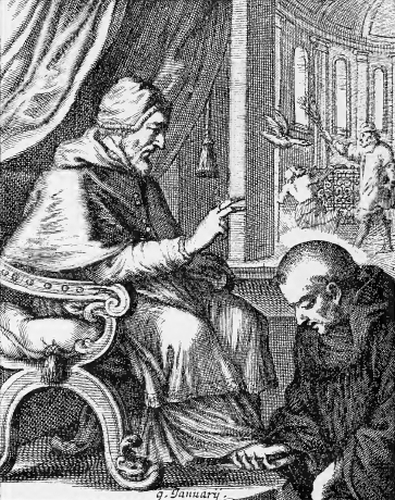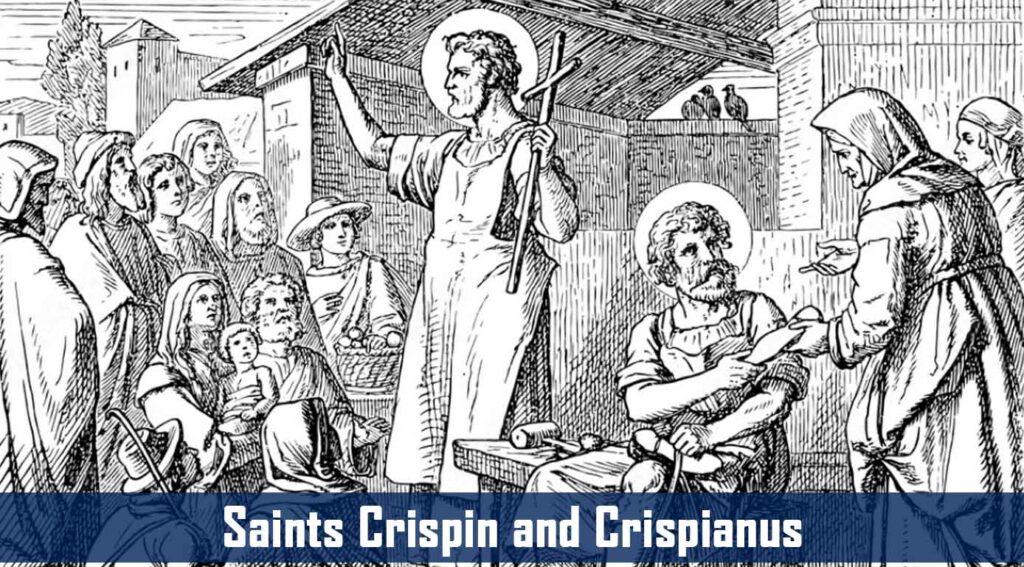Profile
In the mid-640‘s, Adrian’s family fled to Naples, Italy ahead of the Arab invasion. He was quite young when he became a Benedictine monk. He was an abbot of Hiridanum, Isle of Nisida, Bay of Naples. He became acquainted with Emperor Constans II, who later introduced him to Pope Saint Vitalian. He later on became Vitalian’s advisor.
Adrian was twice offered the Archbishopric of Canterbury, England; he declined, citing unworthiness. When Saint Theodore of Tarsus was sent instead, Adrian went as his assistant with special support to aid the monastic movement in the region.
Adrian was detained in France due to suspicions of espionage for the emperor. He arrived in England in 669. He became an abbot of Saint Peter‘s, a monastery founded by Augustine of Canterbury.
Adrian and Theodore were highly successful missionaries in largely pagan England. In addition, Adrian was a great teacher of languages, mathematics, poetry, astronomy, and Bible study. Under his leadership, the School of Canterbury became the center of English learning. He worked to unify the customs of the English with the Church, and to promote Roman customs.
Born
- c.635 in Libya Cyrenaica, North Africa as Hadrian
Died
- 9 January 710 of natural causes at Canterbury, England, and buried there
- His tomb became a site of miracles.
- His body was found incorrupt in 1091.
Canonized
- Pre-Congregation
Patronage
- Canterbury, England
Source: https://catholicsaints.info/saint-adrian-of-canterbury/







